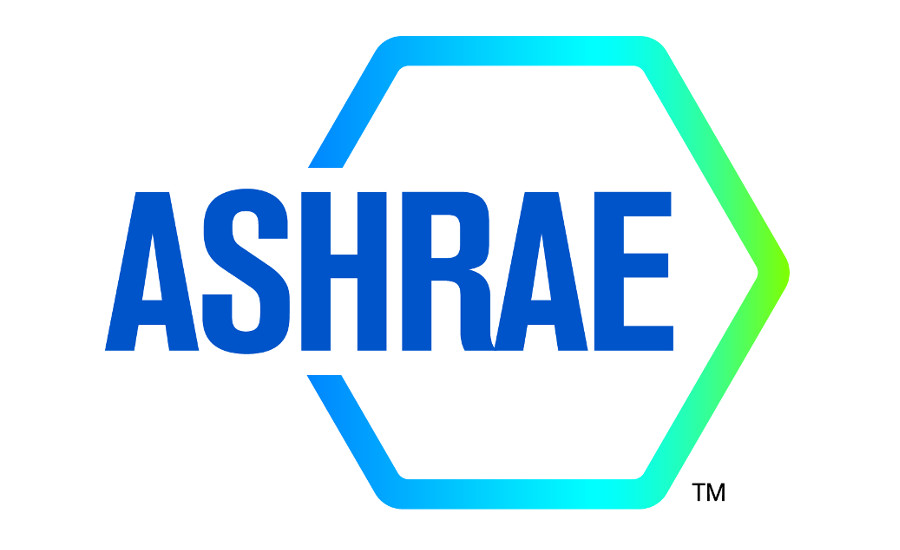ATLANTA — The U.S. Department of Energy (DOE) has issued a final rule clarifying the DOE must meet its statutory requirements to adopt ASHRAE Commercial Building Energy Efficiency Standard 90.1 energy conservation levels, "except in extraordinary cases where a high evidentiary hurdle has been surmounted."
Further, the DOE noted in the final rule, "The language of the statute makes clear that Congress intended to establish a high bar for DOE to go beyond the levels in ASHRAE Standard 90.1, an intention clearly reflected by its decision to require a heightened evidentiary standard."
DOE's final rule entitled "Energy Conservation Program for Appliance Standards: Procedures for Use in New or Revised Energy Conservation Standards and Test Procedures for Consumer Products and Commercial/Industrial Equipment," was issued Jan. 15 and is commonly called the "Process Rule."
The rule provides the procedures by which the DOE prescribes energy conservation standards for both consumer products and commercial equipment pursuant to the Energy Policy and Conservation Act. While the statute already directs the DOE to adopt energy efficiency levels in ASHRAE 90.1 unless several hurdles are met, the Process Rule clarifies the DOE's interpretation of EPCA in acknowledging the statute provides a high bar for going beyond ASHRAE Standard 90.1.
In its final rule, the DOE discussed many points ASHRAE made in a letter issued on May 6, 2019, commenting on the proposed rulemaking. The DOE also states in its Final Rule that the "statutory scheme, which directs DOE to adopt ASHRAE technical standards and test procedures unless further EPCA provisions command otherwise, comports with the requirements of the National Technology Transfer and Advancement Act of 1995 and OMB Circular A-119."
ASHRAE's standard development process is rigorous, and it is one of only six standards-developing organizations in the U.S. that self-certify that its standards have followed procedures established by the American National Standards Institute (ANSI). ASHRAE has transparent, balanced, and robust consensus-based standards setting process, developed through the participation of any and all interested and affected stakeholders. These participants do not need to be ASHRAE members to participate.
ANSI/ASHRAE/IES Standard 90.1, “Energy Standard for Buildings Except Low-Rise Residential Buildings” has been a benchmark for commercial building energy codes in the U.S. and a key basis for codes and standards around the world for more than 35 years. ASHRAE's most recently published Standard 90.1-2019 reflects a process by which ASHRAE received 544 comments from 116 distinct commenters over the course of a three-year period.
All proposed changes to Standard 90.1 are open for public review, which allows interested and materially affected parties to give input into development of the standard and reach consensus, ensuring publication of a document that has been rigorously examined, questioned, and defended. ASHRAE's consensus process ensures buy-in and reflects input from energy advocates, building owners, design professionals, utilities, manufacturers, representatives from the DOE, and other materially affected and interested parties. Compared to a building built using ASHRAE Standard 90-1975, a building built to ASHRAE Standard 90.1-2016 will use less than half the energy.
The DOE is currently conducting a technical analysis of the latest version of Standard 90.1-2019 to assess its energy efficiency impact on the U.S. built environment. Standing Standard Project Committee 90.1 (SSPC), the committee that has oversees the development of the standard has served close to 45 years.
The 47 voting members on SSPC 90.1 have broad representation: Of the 19 voting members from the industry interest category, only nine come from the industries that have a material interest in products covered by potential DOE regulation. The remaining industry interest category members represent building envelope material manufacturers (five voting members), and lighting equipment representatives (five voting members).
ASHRAE will continue to improve Standard 90.1 through its continuous maintenance process, and it welcomes involvement in this process. For more information, visit www.ashrae.org/technical-resources/standards-and-guidelines.







